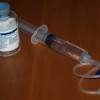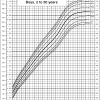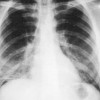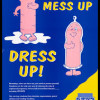Age and human immunodeficiency virus infection in persons with hemophilia in California
Abstract
Thirteen hemophilia centers provide comprehensive care to approximately 90 percent of persons with hemophilia in California. For 1987, these centers reported patient human immunodeficiency virus (HIV) antibody status, age group, level of clotting factor deficiency, and hemophilia type on 1,438 persons with hemophilia A and B; HIV serologic status was known for 860 persons (59.8 percent) of whom 537 (62.4 percent) were HIV-antibody-positive.… Read more



